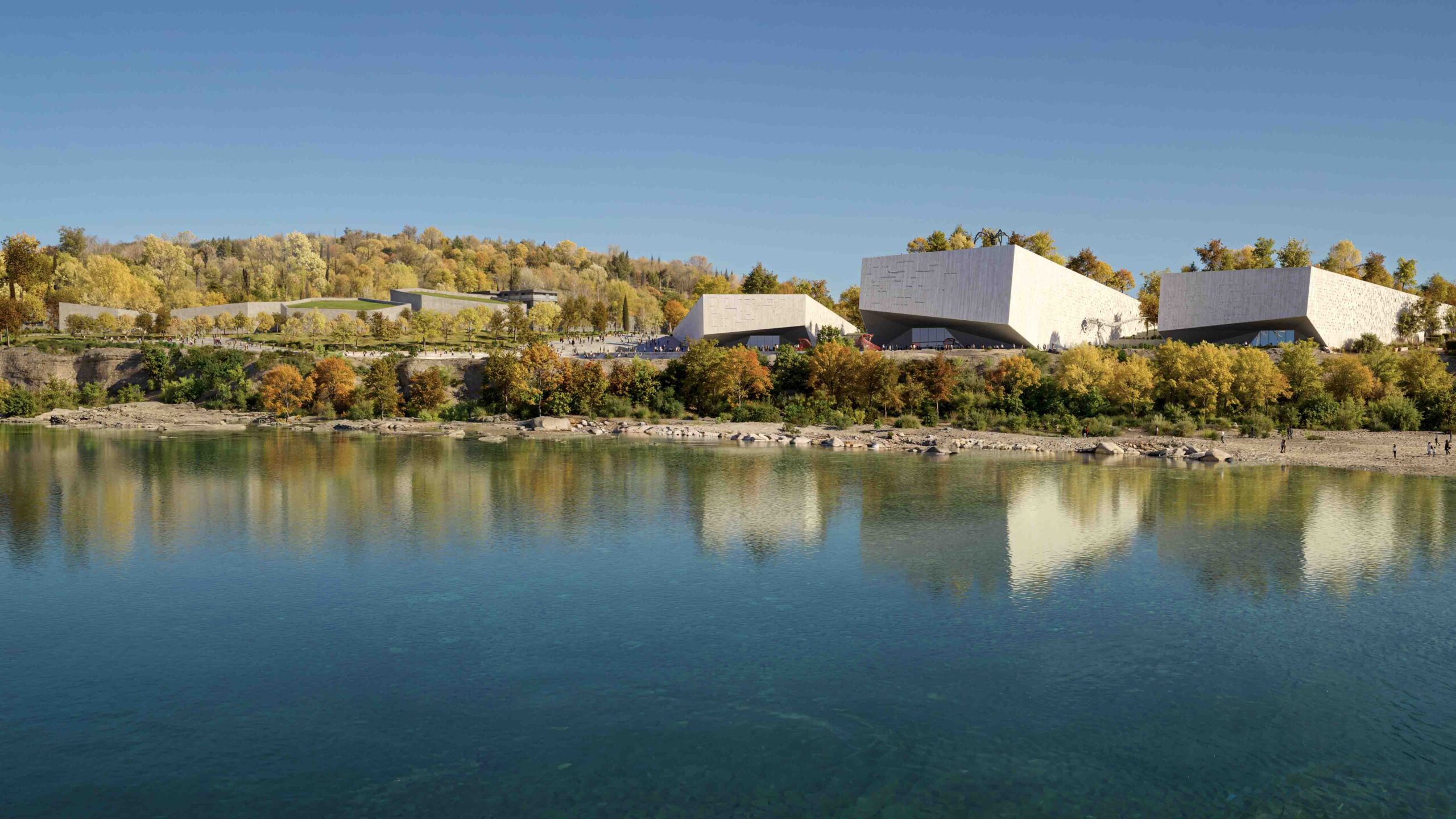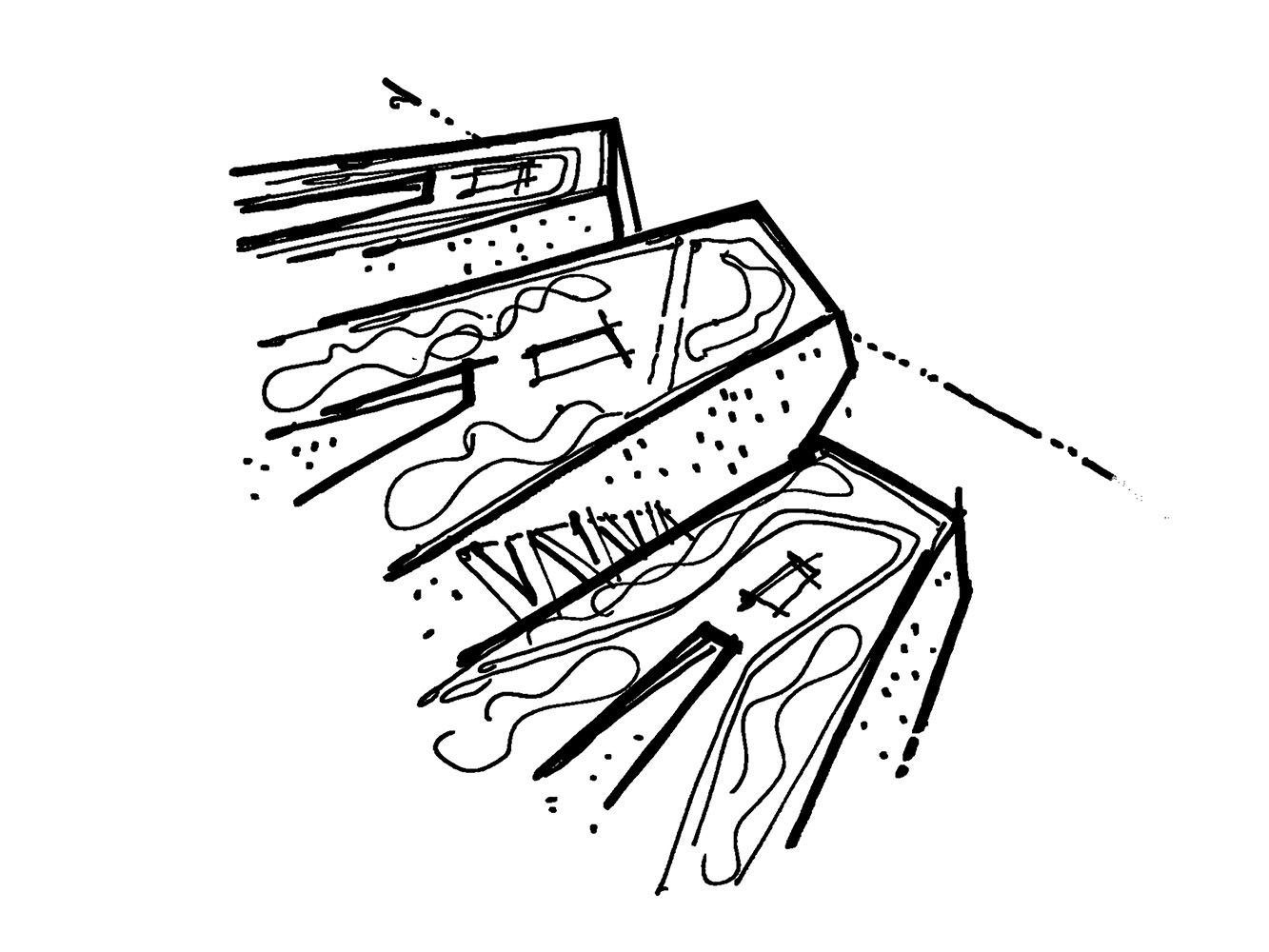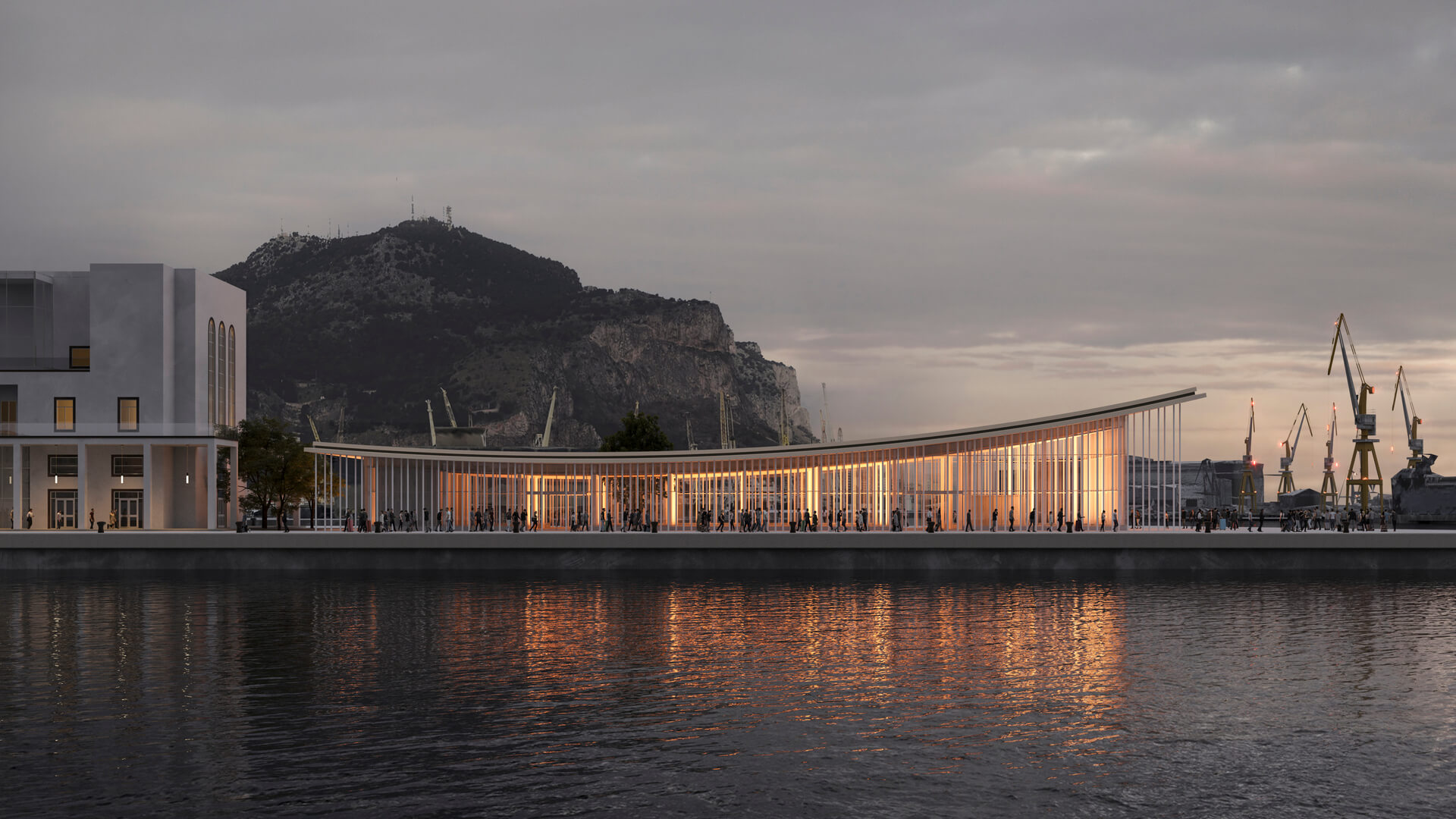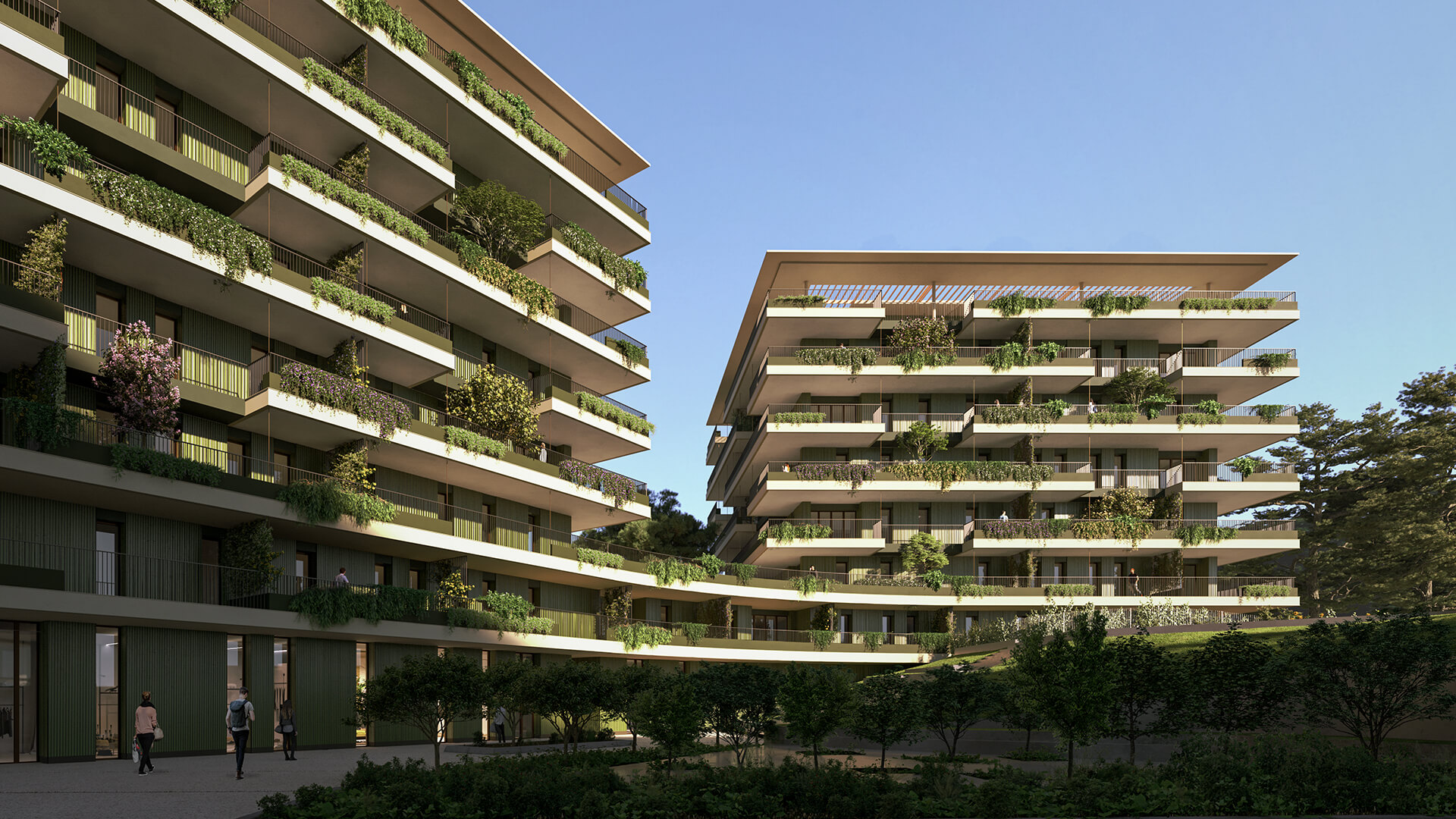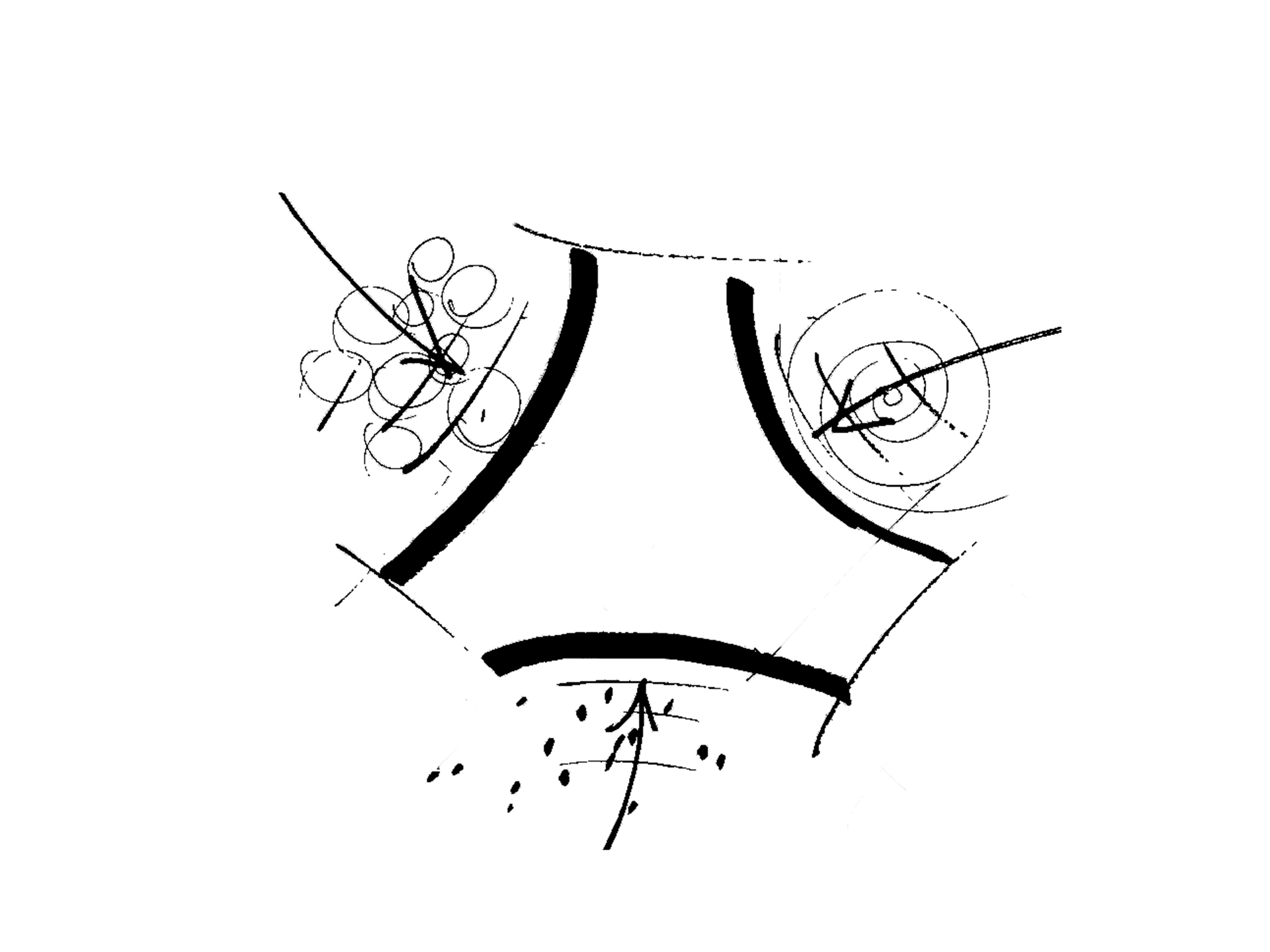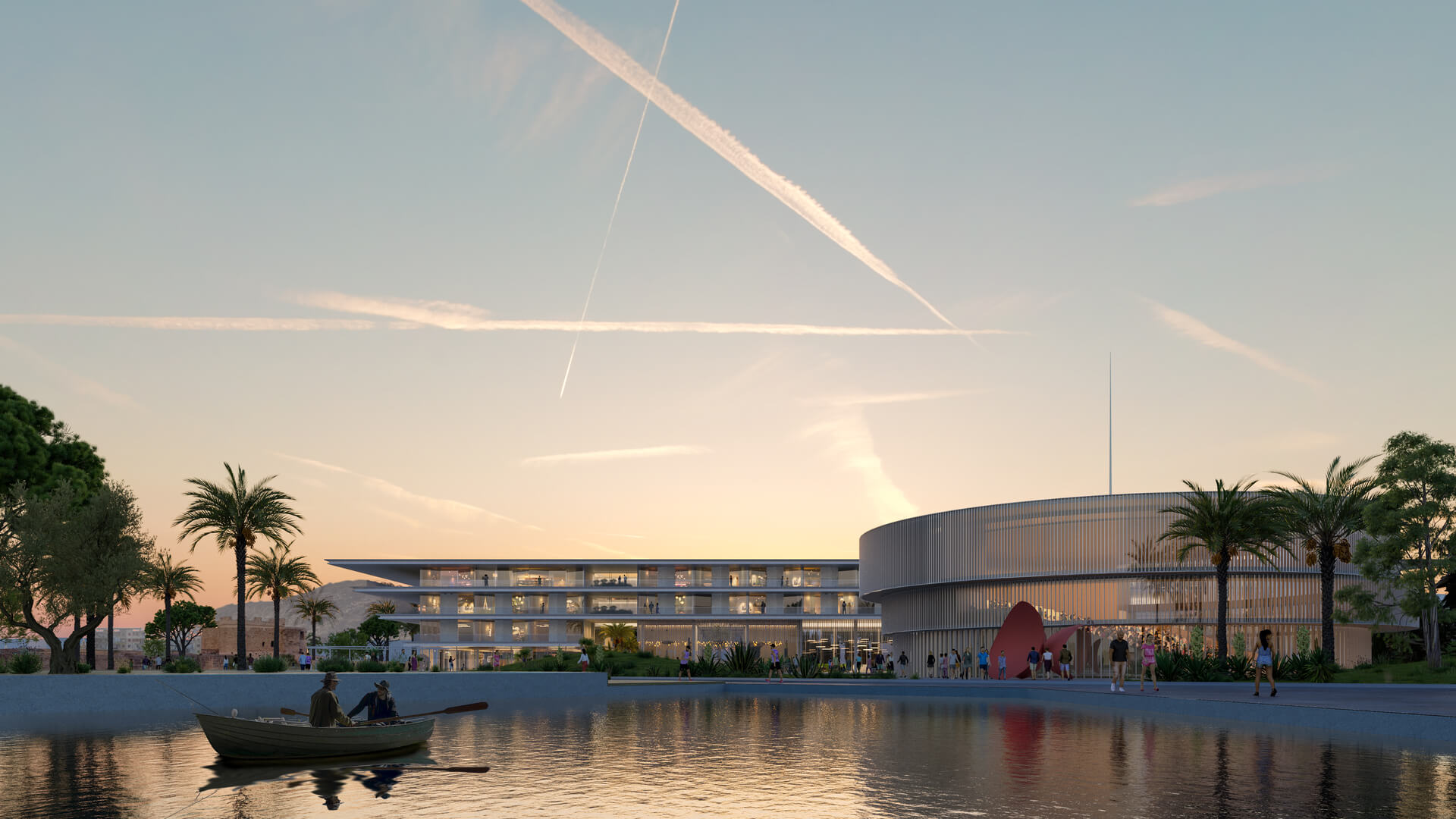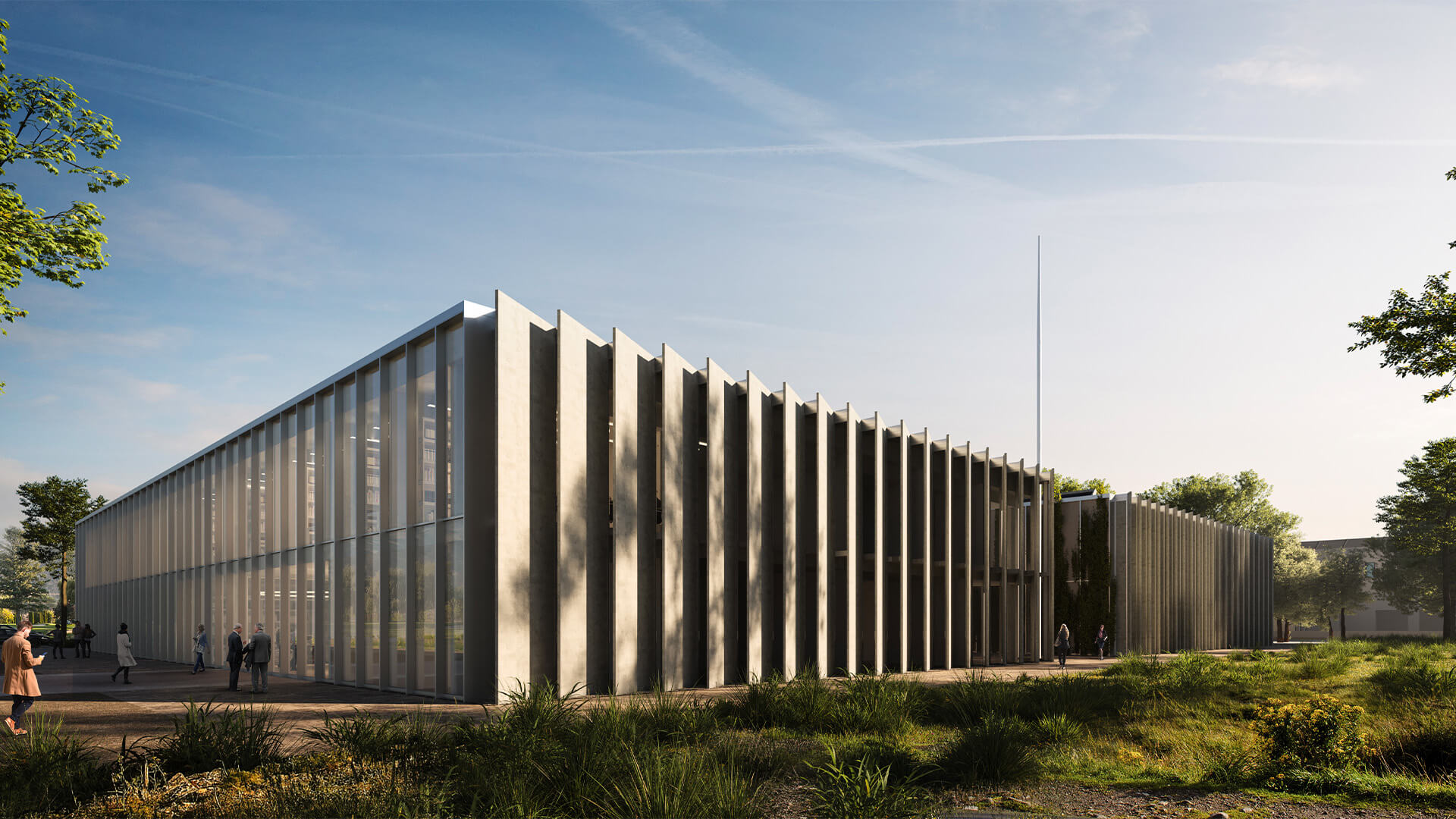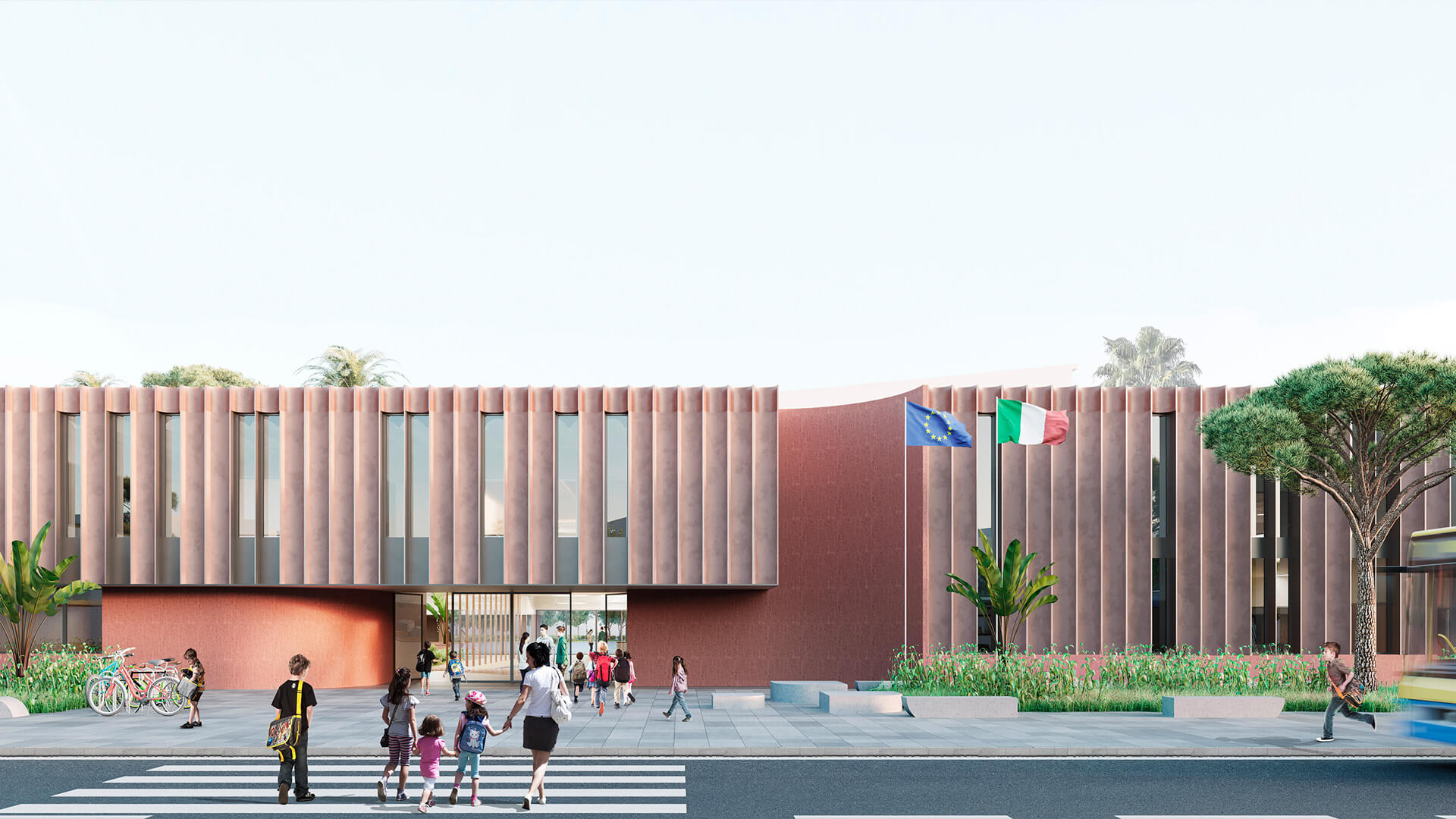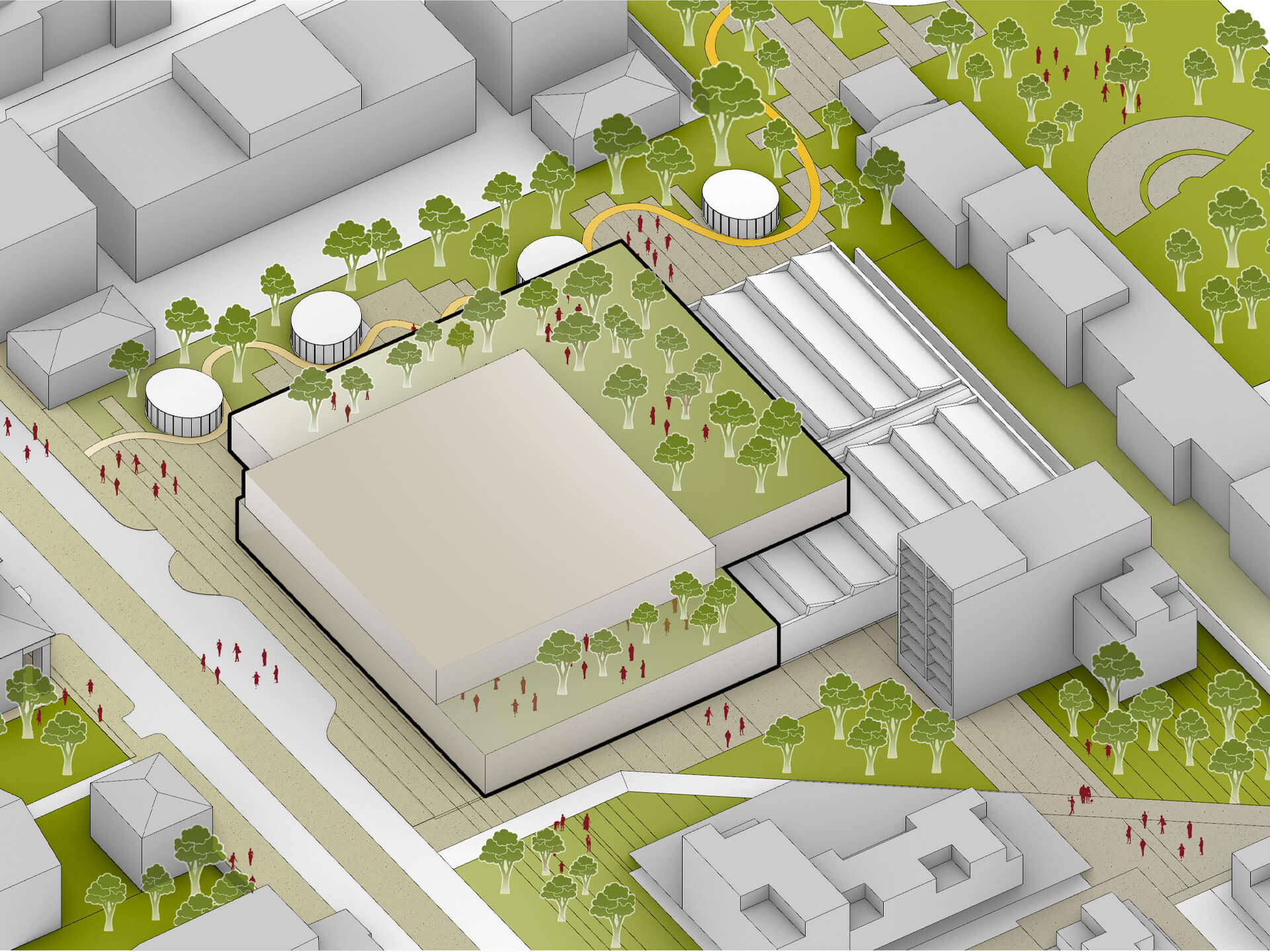
Display the full potential of didactic power of a civic building
THE NEW SCIENCE MUSEUM
OF ROME IS ENVISIONED AS A
LAYERED JOURNEY, SYMBOLIZING
THE SCIENTIFIC METHOD’S PATH
Client :Municipality of Rome
Location: Roma (IT)
Size: 16.500 sqm
Program: Culture
Status: Competition
Year: 2023
Project Team: GreenCure

Our design proposal for the new Science Museum of Rome aims at enhancing the potential of the Flaminio neighborhood, adding a landmark along the east-west axis of via Guido Reni while restoring an urban porosity along the north-south breaking the boundaries of the former military compounds. The building’s footprint is reduced as much as possible, preserving exclusively the oldest steel-structure portion of the existing military campus and opening a new urban piazza that connects to Villa Flaminia’s park re-establishing an active green corridor.
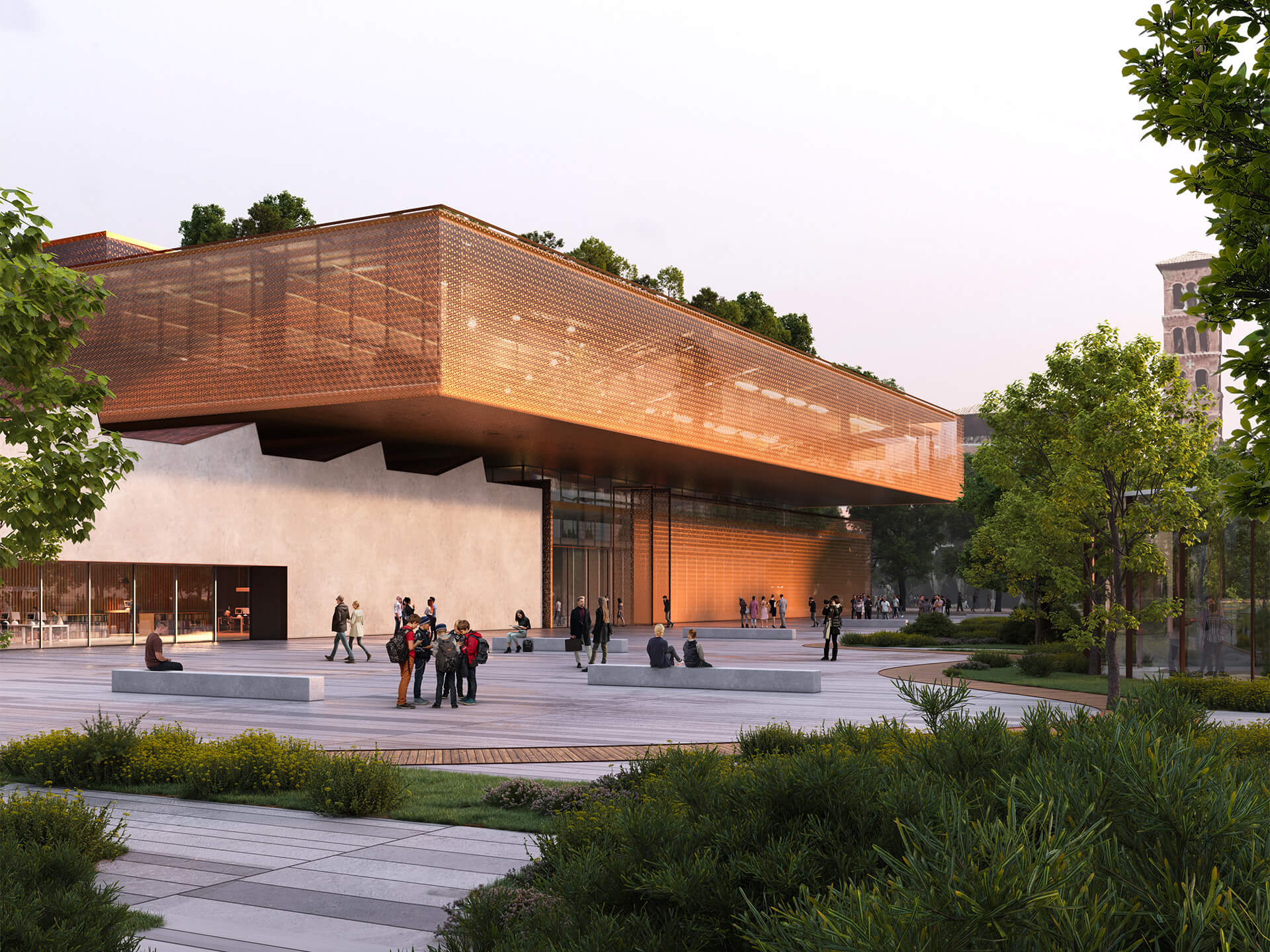
The architecture anchors to the new urban morphology, locating all public functions around the new green piazza and shaping the volumes of the new museum in continuity and spatial interaction with the preserved building. The new museum is envisioned as a machine for knowledge sharing, a civic reference able to communicate its vocation: a FORUM for sciences and critical thinking.
The building is formed by overlapped layers that represent the scientific method of exploration and research.
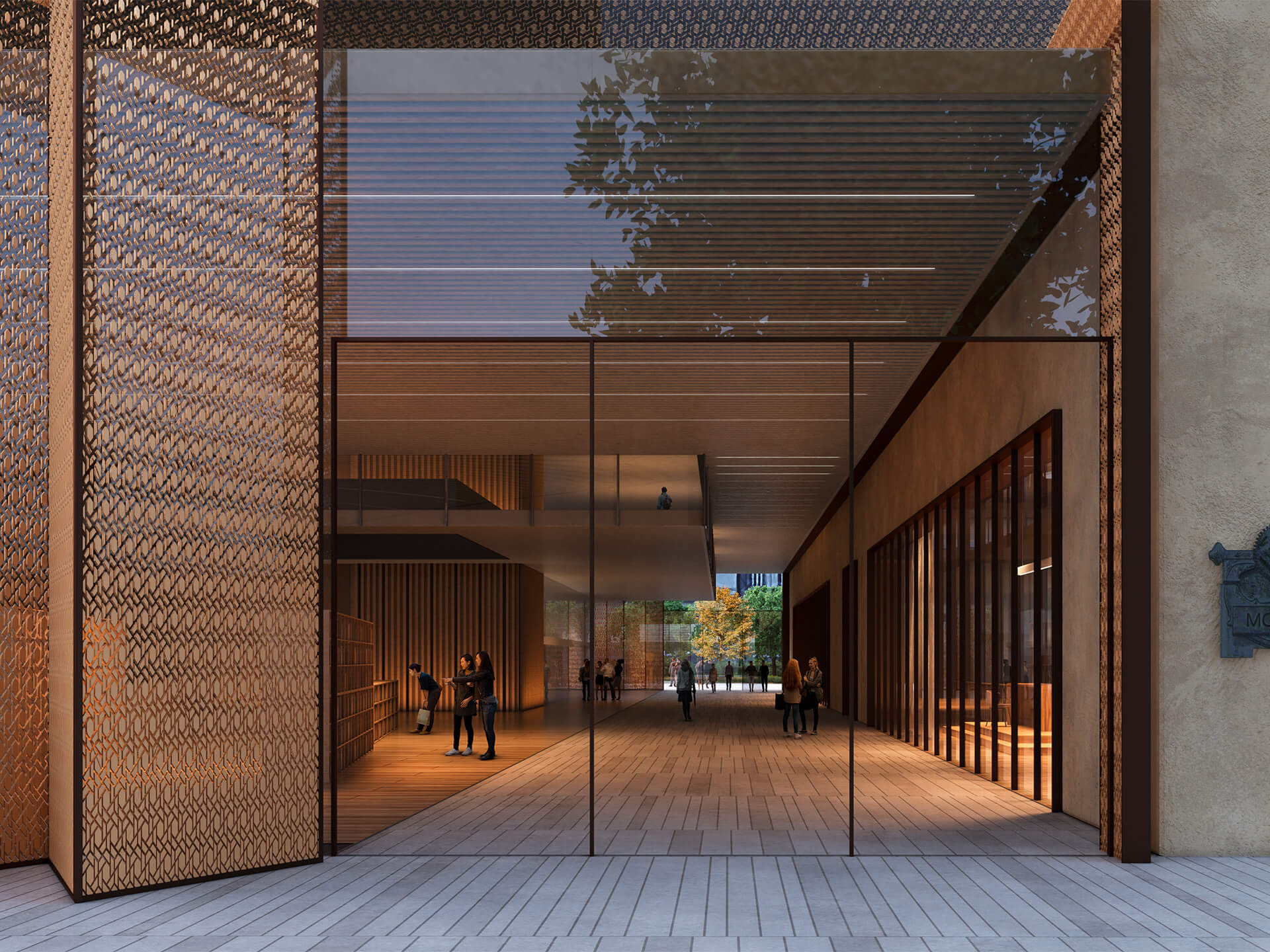
The ground floor – where the main entrance and the communal spaces are located – is blended with the two piazzas generating a permeable continuum, a common ground for knowledge sharing. The quadruple-height circulation atrium leads to the mezzanine where the permanent exposition is located. The path leads to the upper floors – where the temporary expositions and the interactive experiment areas are located – and ends in the outdoor terraces, offering a stunning view of Rome and bringing the visitors back to the start: the circularity of the scientific method.
The building is conceived as a bioclimatic machine, an active part of the learning path that breathes thanks to the natural ventilation by stack effect generated by the atrium.

The double-skin facades offer continuous protection from direct solar radiation and allow generous diffuse daylight through the large windows. The structure – based on modularity – is designed for maximum flexibility and future adaptations according to DfMA and DfD principles as well as for full recycling of the existing buildings’ materials, reused as low-CO2 aggregates.
The new Science Museum of Rome stands as a testament to urban regeneration, adaptive re-use and local circular economy. It displays the full potential of didactic power of a civic building, connecting and activating its urban surroundings and offering a unique interactive museum experience where visitors are free to create and explore the world of sciences and its possible interpretations.


Related projects


Fetsund, Norway


Sparta, Greece


